
 |
登入帳戶
| 訂單查詢
| |
||
| 臺灣用戶 |
| 品種:超過100萬種各類書籍/音像和精品,正品正價,放心網購,悭钱省心 | 服務:香港/台灣/澳門/海外 | 送貨:速遞/郵局/服務站 |
|
新書上架:簡體書
繁體書
十月出版:大陸書
台灣書 |
|
|
||||
|
新書推薦: 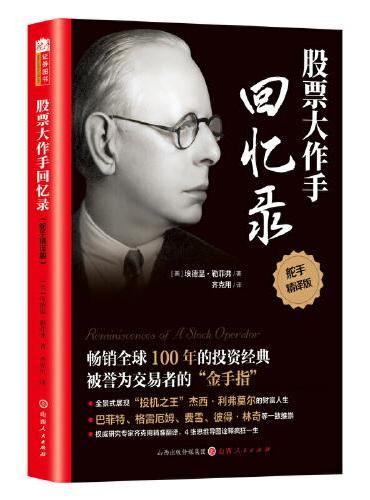 《 股票大作手回忆录 》 售價:HK$ 55.8 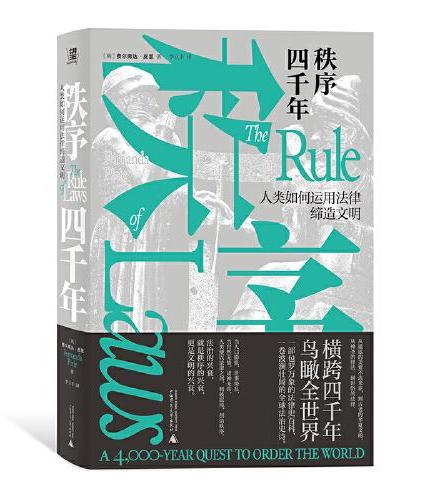 《 秩序四千年:人类如何运用法律缔造文明(世界重归混乱,文明岌岌可危,法律与秩序是我们仅有的武器。穿越时间,鸟瞰全球,一部波澜壮阔的人类文明史) 》 售價:HK$ 154.6 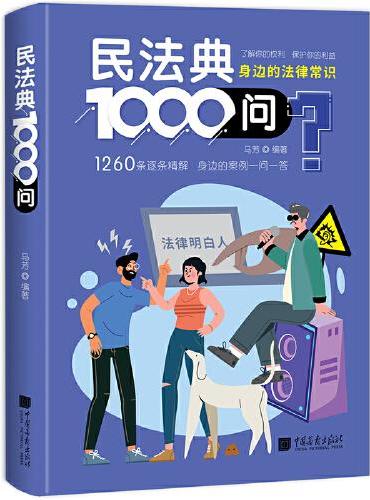 《 民法典1000问 》 售價:HK$ 99.7 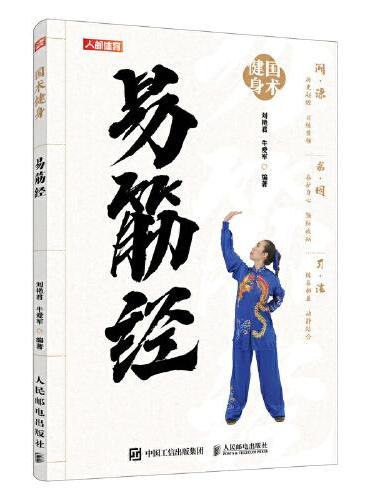 《 国术健身 易筋经 》 售價:HK$ 33.4 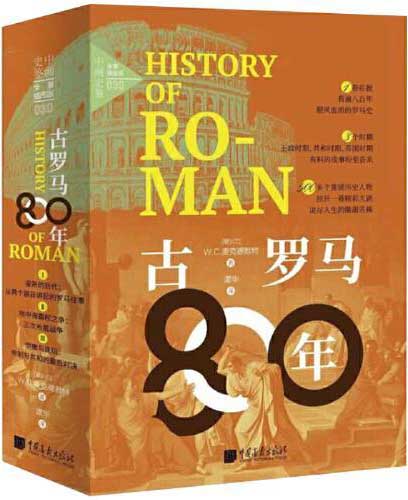 《 古罗马800年 》 售價:HK$ 188.2 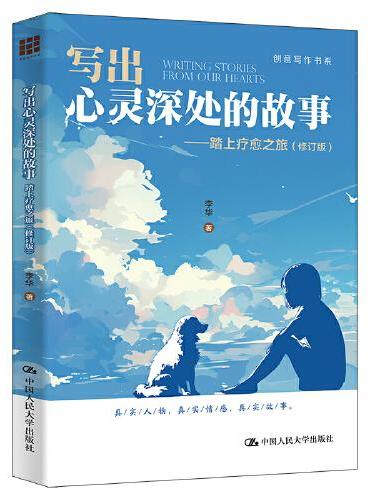 《 写出心灵深处的故事:踏上疗愈之旅(修订版)(创意写作书系) 》 售價:HK$ 66.1 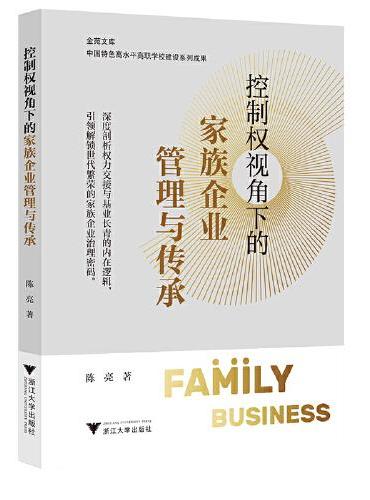 《 控制权视角下的家族企业管理与传承 》 售價:HK$ 87.4 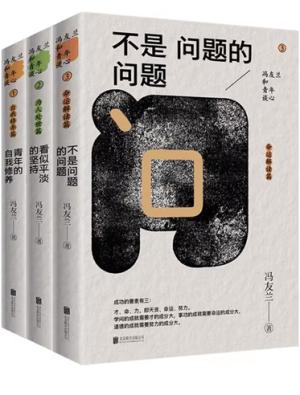 《 冯友兰和青年谈心系列 》 售價:HK$ 167.3
|
|
| 書城介紹 | 合作申請 | 索要書目 | 新手入門 | 聯絡方式 | 幫助中心 | 找書說明 | 送貨方式 | 付款方式 | 香港用户 | 台灣用户 | 大陸用户 | 海外用户 |
| megBook.com.hk | |
| Copyright © 2013 - 2024 (香港)大書城有限公司 All Rights Reserved. | |